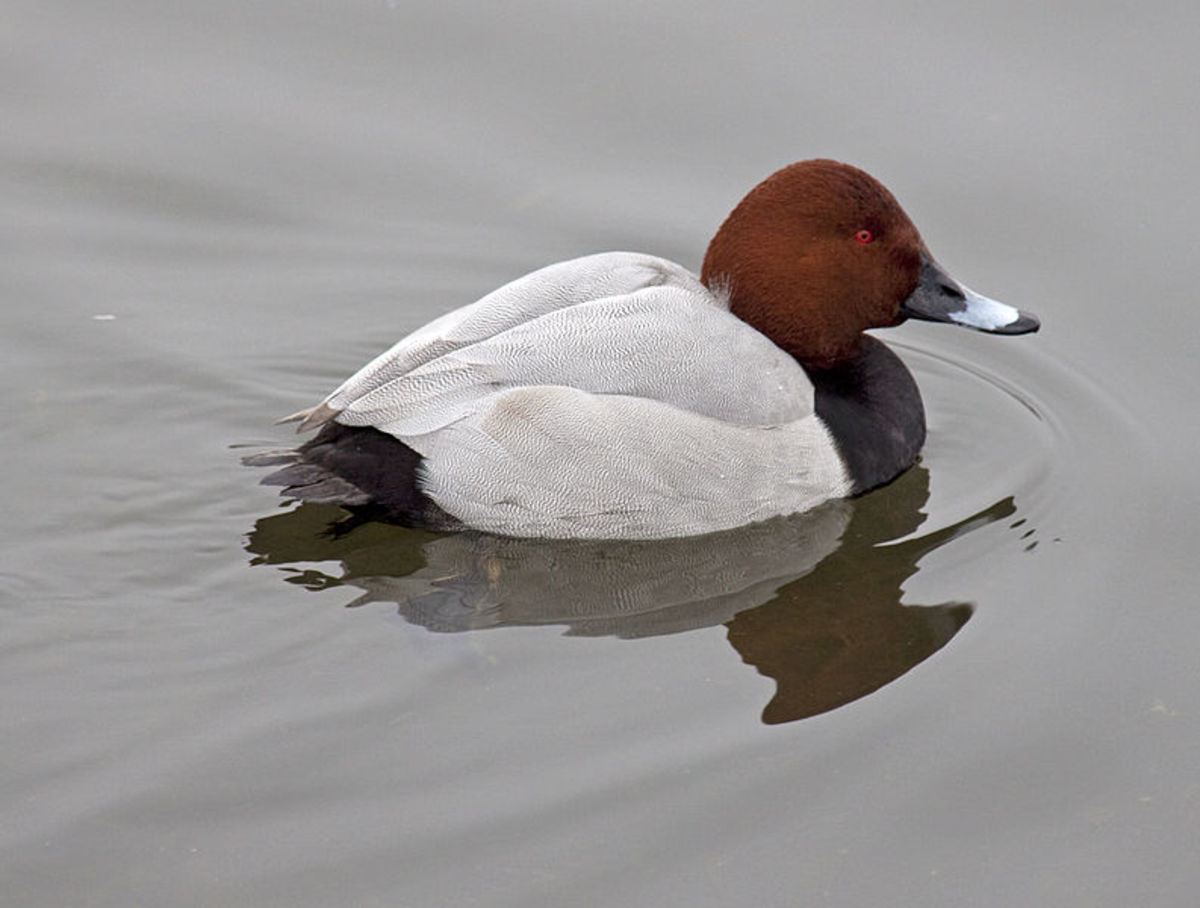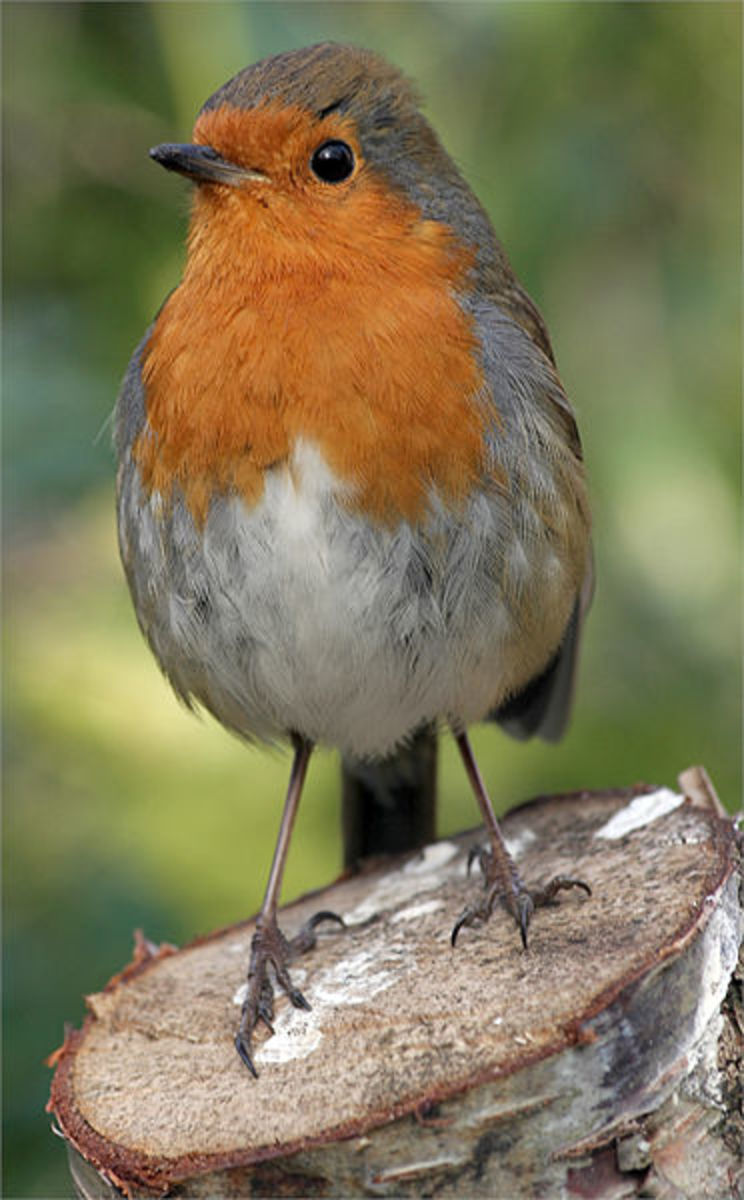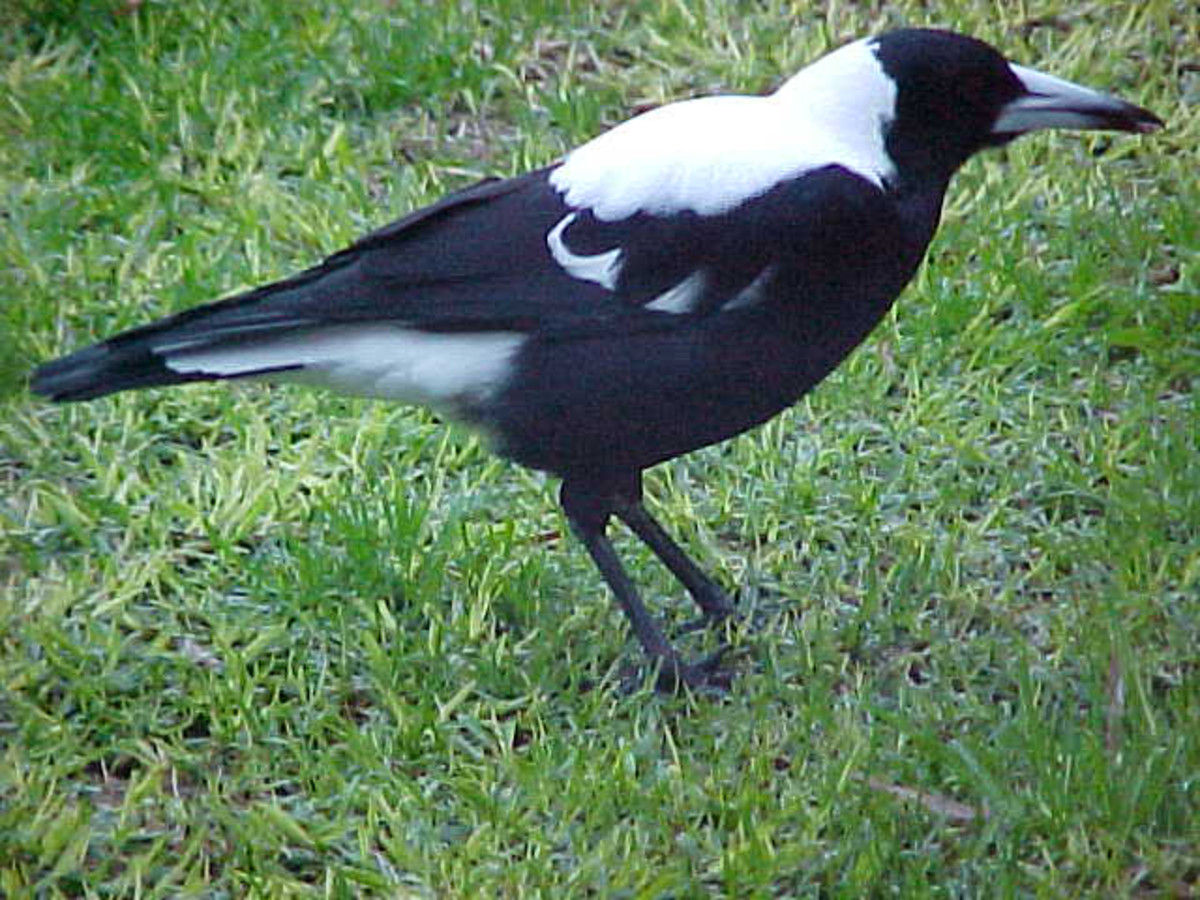The Complete Guide to British Birds: Petrels and Shearwaters
Sitting Tight
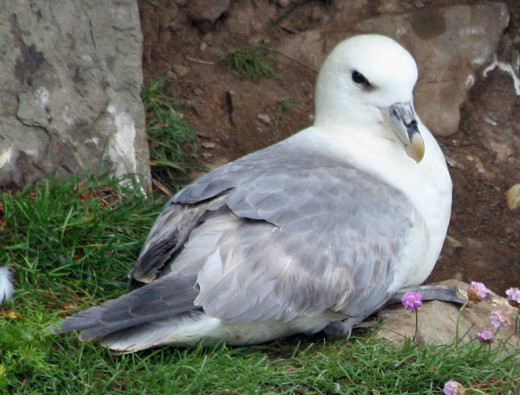
In Glorious Flight
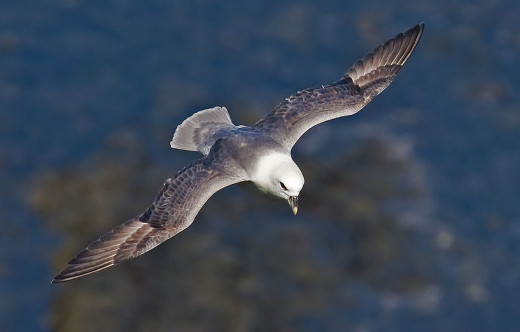
Northern Fulmar
If any predator should dare an invasion of the fulmar’s nesting territory, then they risk a rather unusual and hostile reception. The fulmar brings up horrible and stinky oil, produced from its stomach, and squirts it all over the enemy in accurately aimed jet; essentially this bird vomits over any prospective enemy. Both the adults and the chicks are capable of defending themselves in this way.
The fulmar population has increased astonishingly in the last 200 years. They were first noted in Iceland around 1750, and pairs had settled in the Faeroe Islands by 1820 and the Shetlands by 1878. Just over a century later, those early pioneers had increased to more than 300,000 pairs and were distributed right around the coasts of Britain and Ireland. This increase in population is all the more astonishing, considering that these birds do not start breeding until they reach the age of six, and even then they only lay one egg a year. One key factor that may have helped the fulmar is the vast expansion of fishing, the offal thrown overboard provides large quantities of food for a wide variety of seabirds.
At first glance it resembles a small gull, with a grey back and a white head, but on closer inspection its prominent tubular nostrils set on top of the bill indicate that is in fact a species of petrel. The sexes are virtually identical to our eyes.
The fulmar’s breeding cycle commences with a simple courtship display, with the birds essentially cackling and crooning at each other. Then, like many sea birds they do not actually build a nest; instead it lays its single egg in a convenient depression on a cliff edge or an offshore rock pillar. Both parents share incubation duty, which takes about 50 days. In the seven weeks it takes the chick to fledge, both parents give it food regurgitated from their own stomachs.
The Fulmar's Disgusting Defence
- Oil-spitting defense | the Internet Bird Collection
A video of a nesting fulmar defending itself against a cameraman who got too close.
The Manx Shearwater in Flight
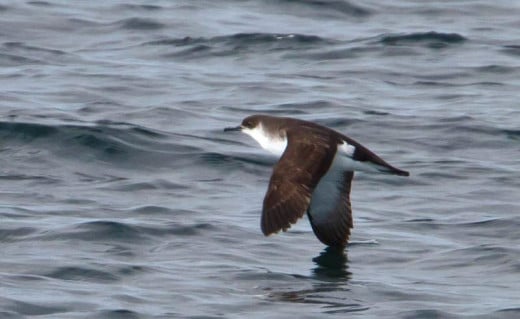
The Ghostly Call of the Manx Shearwater
Inside a Manx Shearwater Burrow
Manx Shearwater
After an absence of more than a century, this remarkable bird has returned in considerable numbers, breeding mainly on the Isle of Man, from which its name is derived. There are also thriving colonies on other British islands, particularly off the western coast of England. They spend virtually all of their lives at sea, only coming to land to breed; once the breeding season is over they disperse widely, with some deciding to spend the winter as far away as the coast of South America.
Manx shearwaters are very good and efficient flyers, using powerful wing beats, interspersed with long glides in which they apparently skim the water’s surface, appearing to ‘shear’ the waves. The Manx shearwater is one of the best navigators in the entire natural world. One particular bird from the Welsh island of Skokholm was taken to Massachusetts, more than 3000 miles across the Atlantic and well beyond its normal range. After being released, it took just 12 days to travel across the US, back across the Atlantic to its waiting chick on Skokholm. As well as being a good flyer, they are also skilful and buoyant swimmers, keeping their heads and tails well up.
Old Icelandic sagas dating from the 11th century make reference of the bird’s eerie unnerving din of a call which they use mostly as a greeting signature whenever they return to the nest after feeding at sea; they usually do this in the hour before midnight. The Manx shearwater builds its nest in a burrow, often using old rabbit burrows. Both parents share the incubation of the single egg. The chick enters the world covered in a dense down and remains in the burrow for about ten weeks, after which they will take to the air and start venturing out to sea.
While the Manx shearwater is the only one of its kind to breed in Britain, there are several other species that occasionally visit these shores in passing. They are a sheer joy to watch, tipping from side to side as they glide gracefully over the surface of the ocean with a few leisurely wing beats every now and then. The Cory’s shearwater which is quite hard to identify as it simply has a grey brown plumage, lacking any distinguishable markings arrives from islands in the Mediterranean and off the coast of Africa. The great shearwater is easier to identify on account of its dark cap and contrasting pale collar comes from the southern Atlantic. The aptly named sooty shearwater travels up from the Antarctic, while another aptly named bird, the little shearwater travels all the way from islands off the coasts of Australia and New Zealand.
Europe's Smallest Seabird...
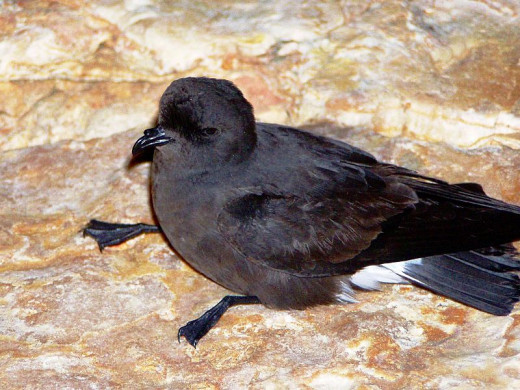
...And its Rarer Relative
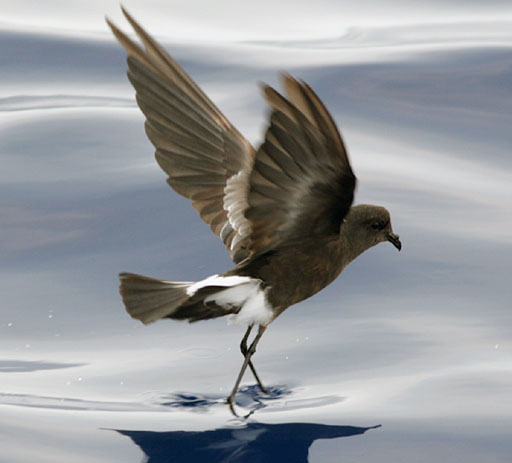
Footage Of A Storm Petrel Being Fitted With A Ring
Storm Petrel
When the storm or stormy petrel followed the wake of a vessel, it was believed to forecast the coming of a storm. In fact though, the bird probably follows ships in order to feed on the marine life brought to the surface by the disturbance of their passage. The name ‘petrel’ is thought to have derived from a diminutive of Peter; when feeding the bird flits and hovers just above the water, often with feet pattering on the surface, appearing at first glance to ‘walk on water’ just as St. Peter did in the Bible story. The storm petrel is sometimes called the Mother Carey’s chicken, a name that may be a corruption of Mater Cara, ‘Dear Mother’, an old name given by sailors in the eastern Mediterranean to the Virgin Mary.
The storm petrel is closely related to the fulmar, possessing the same tubular nostrils perched on top of its bill. It’s Europe’s smallest seabird and has a sooty black plumage, except for a white rump and a pale bar that runs across both wings, that is especially conspicuous when viewed from below.
It spends virtually its entire life on the open sea except when breeding; at that time it will come ashore under the cover of darkness to remote and lonely islands off the western shores of the British islands. They normally nest in colonies that vary in size from just a few pairs to many thousands. Like its fulmar relative, they don’t build a nest; instead the female lays a single egg on a bare ledge. The newly hatched chick is initially covered thickly in greyish-brown down; then they grow a second plumage of darker down before their flight feathers finally develop.
As well as the storm petrel, there are two rarer petrels that occasionally visit our shores. One is the Leach’s petrel which has a blackish brown plumage, a white rump and a forked tail. Their inner wing shows a paler brown diagonal band on top, while the under wings are dark. The other rare petrel is the Wilson’s petrel which can be distinguished by its long legs and yellow webbed feet that may extend beyond the tail; their tail incidentally is not forked, but rather square shaped.
More to follow...



